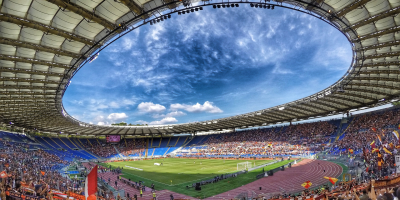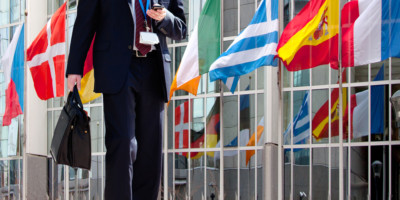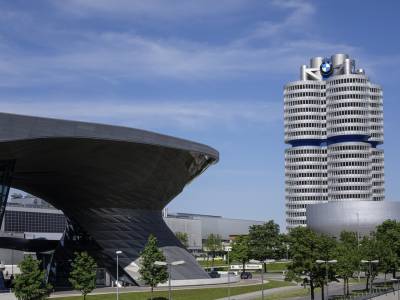-
Germany
Germany – Copyright and Design Patents
10 July 2017
- Intellectual property
- Trademark and Patents
German Law recognizes protection for certain creations of the mind and grants a set of exclusive rights for these creations. While the Copyright Act grants protection for works of literature, science and art without any further conditions, other intellectual property rights basically require a registration at the German Patent and Trademark Office (DPMA) or in an international register. Furthermore, the imitation of products not protected by intellectual property rights can violate the Act against Unfair Competition, which grants protection against any kind of unfair practice in the course of the business. Unfair competition lawsuits are very similar to lawsuits in the field of intellectual property law and usually follow the same pattern.
In this first post we will analyse the German Copyright Act, Neighbouring Rights and Design Patents. The next post will look into Trademarks, Patents and Utility Patents; while a third post will focus on the Act against Unfair Competition and the procedural aspects.
Copyrights and Neighbouring Rights
The German Copyright Act protects creative and artistic works, in particular linguistic works (for example books, speeches and software), musical works, works of pantomime including choreographic works, works of fine art including those of architecture, applied art and plans for such works, photographic works, films and illustrations of a scientific or technical nature. Ideas are not protected, as only the form of an individual and personal creation is the subject of copyright. The person who creates a work shall be deemed the author; several persons who have created a work jointly shall be deemed joint authors. As mentioned above, there is no registration of works, but in the case of anonymous or pseudonymous works the true name of the author can be submitted for entry in the Register of Authors at the DPMA.
Copyright shall protect the author with respect to his intellectual and personal relationship with his work on the one hand, and with respect to the utilization of his work on the other hand. The right of exploitation of the work can be licensed to third persons, but the copyright itself cannot be transferred to others (except by way of inheritance). Copyright expires 70 years after the author’s death.
The Copyright Acts grants also protection for economic efforts in relation to works. The so-called Neighbouring Rights cover for example the protection of the performer of a work, of the producer of an audio recording of a work, of broadcasting organizations and of the maker of a database
Germany has signed the most important international copyright conventions and therefore grants copyright protection to authors of the most states in the world, while these states also grant copyrights to German authors, based on the respective national law. Several European Union directives on special parts of copyright legislation have been implemented in Germany, but the harmonization within the EU does not yet cover the whole copyright system.
Design Patents
The design patent is the small brother of the copyright, because it also protects achievements in the aesthetic field. However, the German Design Patent Act grants only protection after the registration of the Design Patent at the DPMA. The design has to be new and needs an individual character. A design shall be considered new if no identical design has been made available to the public before the date of filing of the application for registration. It has an individual character if the overall impression it produces on the informed user differs from the overall impression produced on such a user by any design which has been made available to the public before the date of filing of the application. The protection is granted up to 25 years, but has to be renewed every five years by paying renewal fees.
The German design patent grants only protection for Germany. If the creator of an aesthetic form wants to exploit the design internationally, he can also apply for a European Design Patent at the European Office for Harmonization in the Internal Market for the EU or at the International Bureau of the World Intellectual Property Organization (WIPO). Newly, the European system even recognizes the protection of new designs that have not been registered, but only for three years since the design has been made available to the public.





















